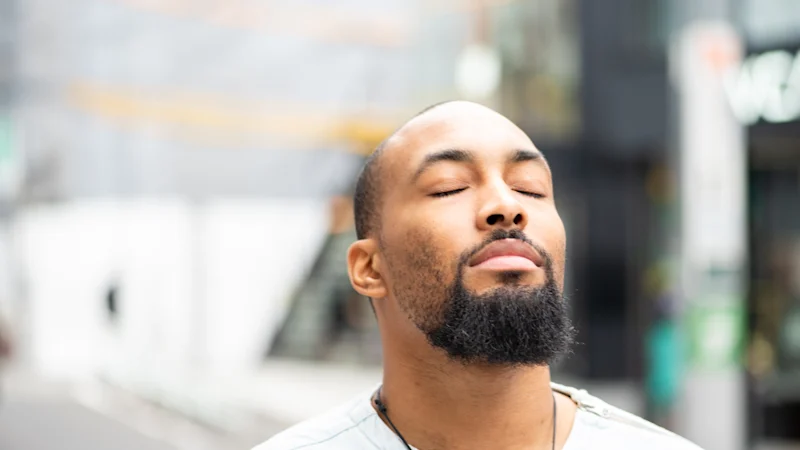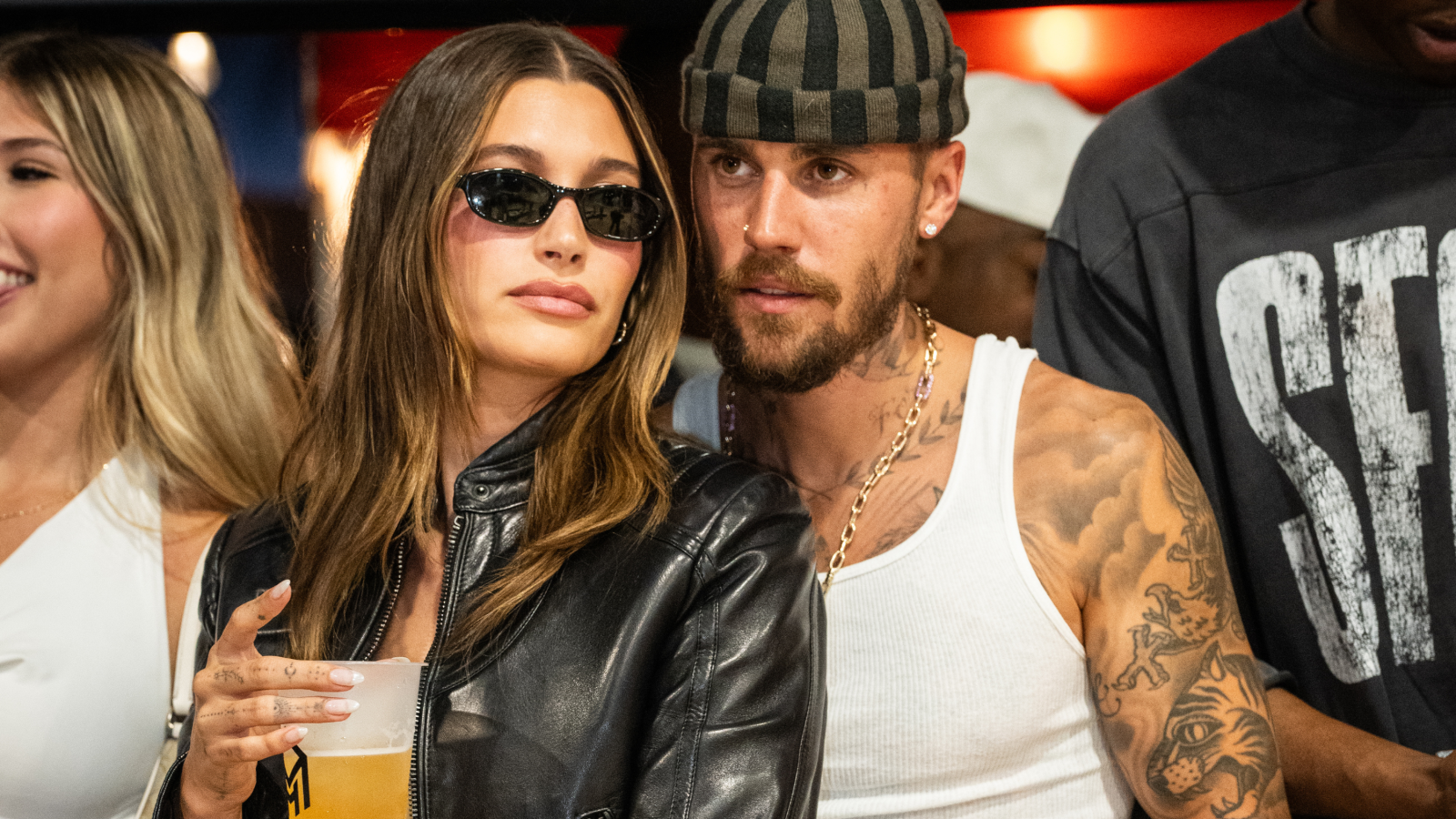
Robert Redford fought to protect a tributary of one of the premiere fly fishing streams in the West. He took to a pulpit and railed against the construction of a power plant among hoodoos in the southern Utah desert. He made sacrifices to stave off mass development in the mountains where he rode horses and helped reintroduce mountain goats.
These aren’t scenes from any of the 50-plus films the actor starred in or produced. Rather they’re snippets of Redford’s real-life role as an environmental activist, and the real-life scenes he preserved are likely to become the actor’s most enduring legacy.
Redford, who spent most of his life in Utah, died Tuesday. He was 89.
“He was a force of nature,” said Julie Mack, the executive director of the Sundance Nature Alliance, “and he will be missed.”
Mack worked with Redford for more than 35 years on conservation issues. She said he possessed never-ending energy for preserving the beauty around him. Though that advocacy began in Utah, Redford lent his name, voice and connections to environmental initiatives worldwide.
“He was one of the earliest environmentalists,” she said. “He started speaking out about climate change before people even really understood what it was and what it meant.”
Redford quietly exhibited his environmental bent with his 1969 purchase and development of Sundance Resort. He envisioned a place where art and recreation met ethics, using plant-based construction materials, like stain derived from coffee grounds, and locally sourced stone. He sold the resort in 2020 after years, he said, of searching for a steward who would carry on his vision.
By most accounts, the actor first publicly stuck his neck out for a cause in 1969, just as theaters began showing his film “Butch Cassidy and the Sundance Kid.” A major development and the construction of a road threatened the water quality and recreational prospects of the North Fork of the Provo River, in Redford’s backyard. Redford pushed for the creation of a conservation easement and buffer zones along its banks to limit pollution and erosion.
Shortly afterward, Redford committed nearly 900 acres of his own land near his Sundance Resort — land whose beauty initially drew him to Utah in the 1960s — to another conservation easement. He committed another 316 acres in Elk Meadows to a conservation easement in 2020. Between the two, Redford protected about 1,200 acres of land bordering the Mount Timpanogos Wilderness — including along the path to Stewart Falls — from mass development in perpetuity.
Mack recalled how Redford’s eyes would light up when he talked about putting the property in the hands of the nonprofit conservation group Utah Open Lands.
“It would make him so happy,” she said, “to talk about the gift of preservation.”
Wendy Fisher, the founder and executive director of Utah Open Lands, said Redford’s initial gift led to other landowners placing their property in the hands of the fledgling land trust. Now 65,000 acres within the state are under its protection.
“It was definitely a pivotal conservation easement for Utah Open Lands,” Fisher said, “and in, really, all the work that we would continue to do after.”
The conservation blueprint Redford created is still being consulted by public land managers and environmental advocates today, said Teri Harman, the director of public outreach for Conserve Utah Valley. Harman said that group looked at what Redford did with Sundance and how it balanced development with recreation and conservation, to inform its actions in trying to preserve the land around Bridal Veil Falls, also located in Provo Canyon.
A developer had submitted plans to create a high-end addiction rehabilitation facility near the top of the popular natural landmark. Those plans were negated, however, after the Utah County Commission joined with Utah Open Lands to create a conservation easement around the falls in 2021. Conserve Utah Valley helped facilitate that partnership and later gathered public input that led to the designation of Bridal Veil Falls as a state monument.
“Conservation easements kind of didn’t get going till the ’90s, and Sundance was doing that pretty early on,” Harman said. “So I do think they set this really cool example of what’s possible in Utah County, in Utah, in our canyon.”
Redford was willing to put his well-known name on the line even when he knew there would be blowback.
In 1975, he appeared in a “60 Minutes” piece opposing the construction of a coal-fired power plant that was proposed in the Kaiparowits Plateau in southern Utah. The area is now contained within the Grand Staircase-Escalante National Monument.
“Anytime anybody voices a concern about the quality of life that we’re going to be leading, we’re called environmentalists,” he said in the segment, “and that (being) so, I am environmentalist.”
When the proposal was shelved, plant proponents blamed Redford. They burned an effigy of him and, he said, made threats to his family.
“I don’t think he ever enjoyed that kind of scrutiny and criticism,” Mack said. “But he was speaking his truth.”
Yet, Redford continued to be outspoken in favor of environmental protections. He joined the board of the Natural Resources Defense Council, which named its first Leeds Platinum Certified office building after him. He lobbied Congress for stricter air and water pollution standards and called for climate change action at the United Nations’ Paris Climate Summit in 2015.
He also harnessed the power of the medium that put him on the global stage. In 1981, Redford and his son, James, established the Sundance Center. The goal of the nonprofit organization was, according to the center’s webpage, to create “documentary films and impact campaigns to help make the world a better place.”
“The environmental movement has lost a giant,” Manish Bapna, the president and CEO of the NRDC, said in a statement posted on the group’s website. “Nobody has done more to shine a light on the most important environmental issues from the dawn of the environmental movement in the ‘70s through the biodiversity and climate crises of today.”
Redford’s work to protect the environment and the lands he preserved for generations to come are a gift, said Fisher, the founder of Utah Open Lands.
“That’s a tremendous legacy,” she said, “to have left for all of us.”



